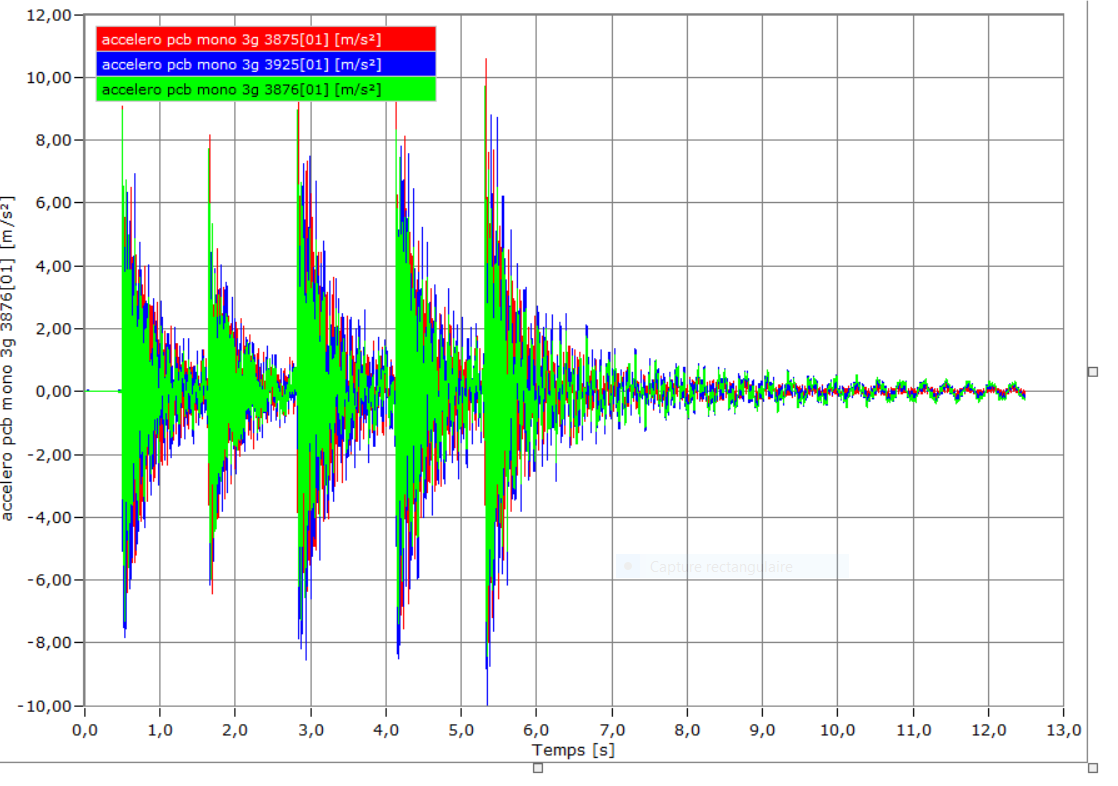Instrumentation and Non-Destructive Testing (NDT)
The laboratory has and uses a variety of instrumentation and NDT (Non-Destructive Testing) systems, which are diverse and mobile: acoustic emission, acousto-ultrasonics, acoustic monitoring, electrochemical measurements, displacement/force/strain/temperature measurements, vibration measurements, strain or displacement field measurements by image correlation, etc. It also collaborates with other laboratories for the implementation of alternative instrumentation methods, such as the use of optical fibers (collaborations with the SII-COSYS laboratory).
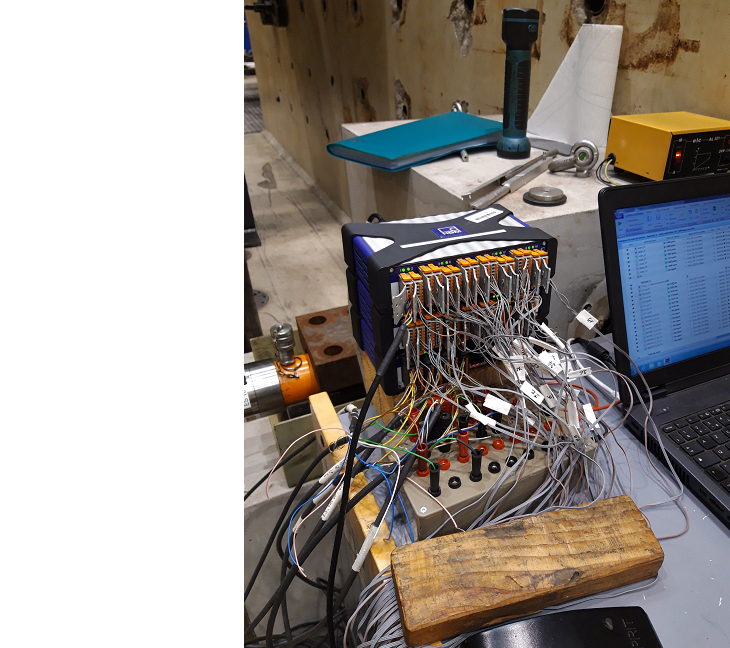
Multichannel acquisition systems
Several multichannel acquisition systems are available within the laboratory for complex instrumentation during experimental campaigns (measurements of force, displacement, deformation, temperature, logic input/output, etc.). These devices have varying characteristics (number of channels, acquisition frequency, etc.) adapted to the laboratory's investigations.
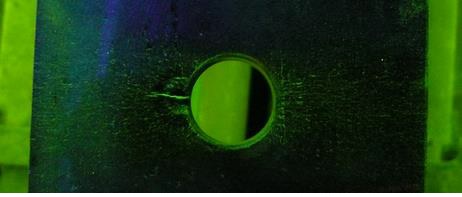
Magnetic particle inspection - Ultrasonic
The laboratory has two devices for detecting cracks in metallic specimens, namely a magnetic particle inspection device and an ultrasonic testing device.
The magnetic particle inspection device allows surface inspections and detection of open cracks or discontinuities. The ultrasonic device allows contact inspections in reflection mode and detection of open and/or internal defects.
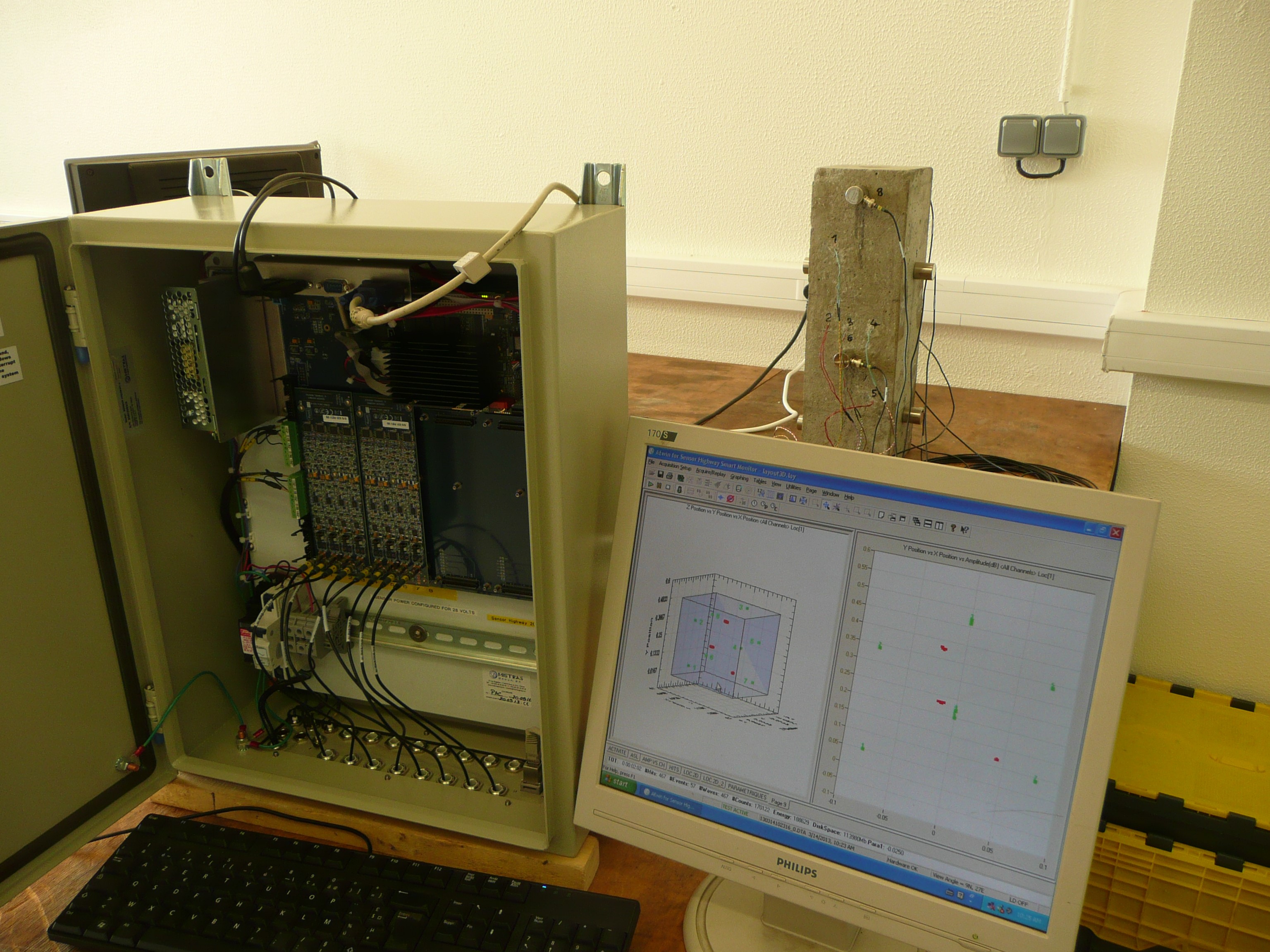
Acoustic emission systems
The acoustic emission method is based on the same principle as acoustic monitoring, for much less energetic (cracking, corrosion, etc.) but more numerous acoustic waves. The analysis methods are based on parametric and statistical treatments related to the damage that is to be monitored within the material. The sensors used are of the piezoelectric type.
The laboratory has various multi-channel acoustic emission systems (from 2 to 16 synchronous measurement channels), each with its own characteristics. It also has specific expertise in the use of this type of measurement method.
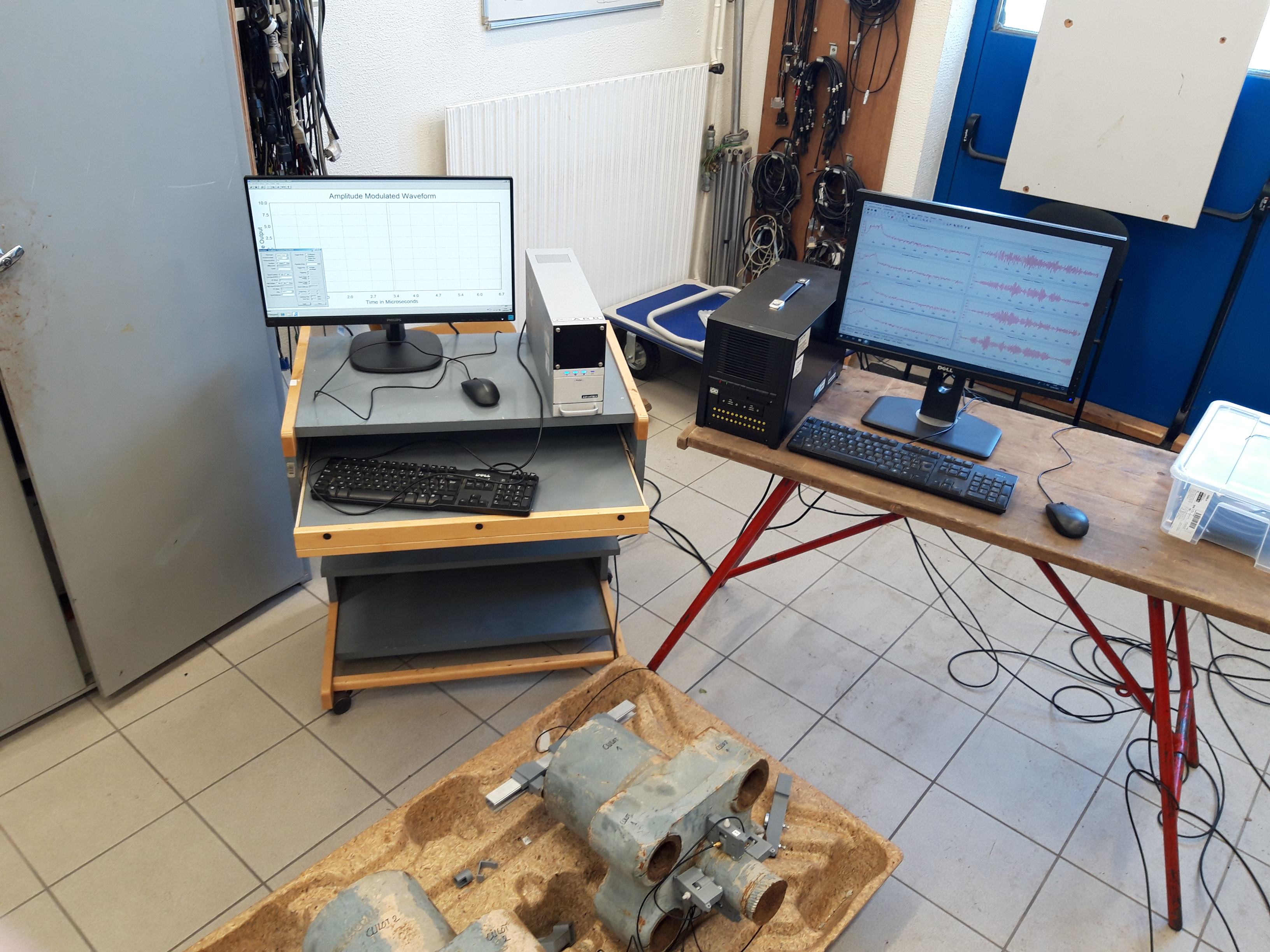
Acoustic Ultrasonics
This method, similar to conventional ultrasound, is enhanced by data processing using the formalism of acoustic emission. A low-frequency (hundreds of kHz) and high-power transmitting sensor emits an ultrasonic wave through the material being explored, and another receiving sensor placed at a fixed distance receives the transmitted or reflected waves.
The collected information is related to changes in the medium, discontinuities, delaminations, etc., and allows the characterization of the degradation affecting the material or the element being studied.
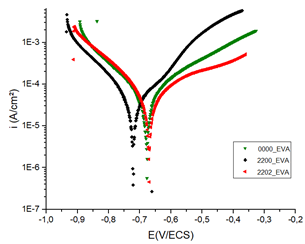
Electrochemistry
Most forms of corrosion encountered in civil engineering structures correspond to a dissolution of metal (generally steel) in the presence of oxygen and water. This corrosion phenomenon is electrochemical in nature (modification of the state of matter with electron transfer, thus creating a current).
Electrochemistry is a discipline that allows the study of these phenomena in the laboratory. It consists in creating electrical setups involving the studied material placed in an aqueous solution and varying either the current parameters (intensity, voltage, waveform, etc.) or the medium parameters (solution conductivity, nature of chemical species, pH, etc.) and studying the effects on the metal and/or electrical signals. The SMC laboratory has the equipment necessary to carry out these studies, including multichannel potentiostats.
